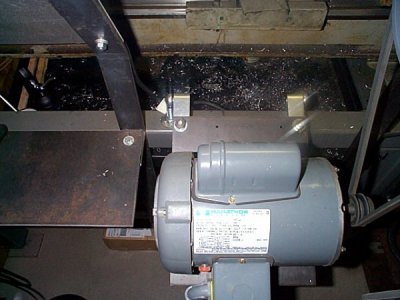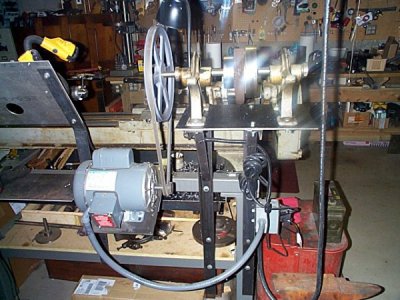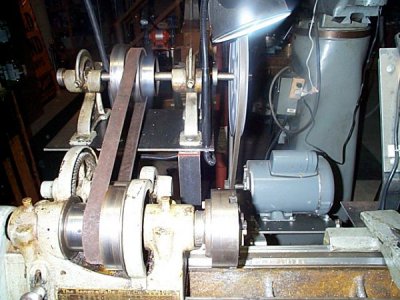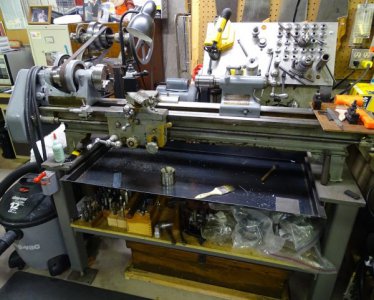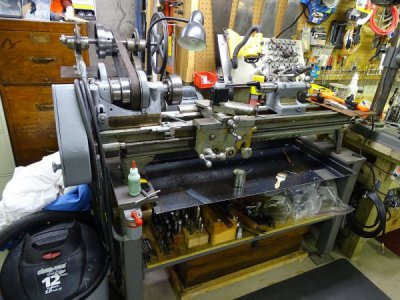- Joined
- Mar 16, 2016
- Messages
- 132
My old Lathe is in need of more power and I am unaware of how much power I can bring on board or how much the belts can handle.
I was thinking along the lines of a 3 HP single phase 220 motor.
Will I kill it with that?
I was thinking along the lines of a 3 HP single phase 220 motor.
Will I kill it with that?


